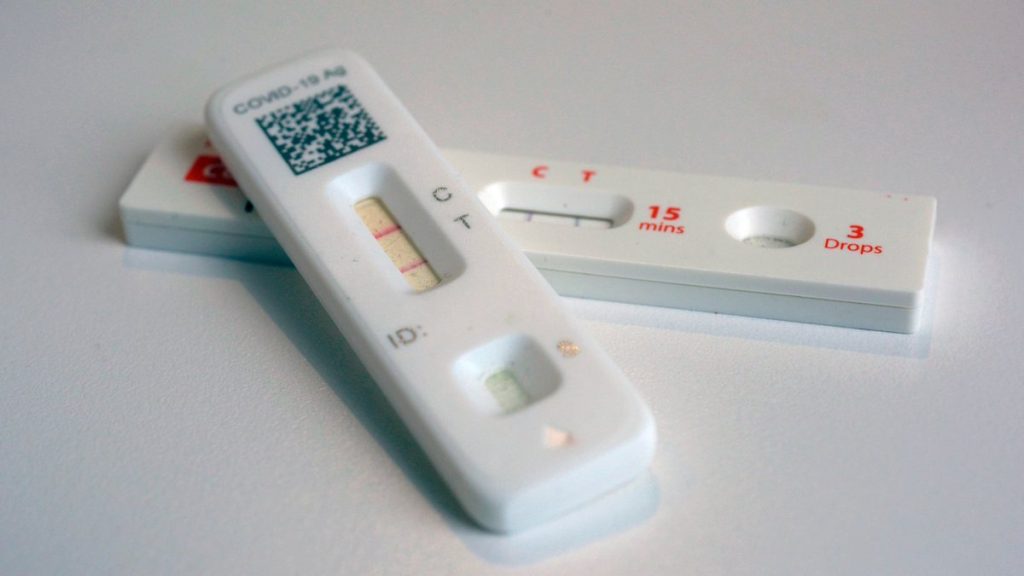By Leada Gore
Much of the U.S. is seeing rising COVID levels amid a summer surge.
COVID levels are at very high levels throughout much of the western half of the country and selected states along the East Coast and Florida. Alabama is among the southeastern states where the Centers for Disease Control has ranked COVID levels as “high.”
Nationally, COVID levels are considered “high,” the first time it’s hit that mark since last winter. Thirty-six states have “high” or “very high” levels, CDC noted. COVID levels are tracked by wastewater data from around the country.
Currently, test positivity is at just under 13%, the highest since the peak of the winter COVID surge in January.
Emergency department visits and deaths from COVID remain low, however. COVID accounted for 1.6% of all ED visit last week, well below previous levels but a jump of 16% from the week before. COVID accounted for less than 0.9% of all deaths last week, flat from the week before.
Officials said this year’s surge does mark a change from past patterns.
“This year’s summer COVID-19 wave is coming earlier than last year, which occurred in late August and early September,” a CDC spokesperson told TODAY.com.
‘Overlooked symptom’
Much of the recent surge is attributed to the fast-growing FLiRT variants – KP.3, KP.2, KP.1.1 and LB.1. While many of the symptoms – congestion, fatigue, cough and other respiratory issues – have remained constant since the start of the pandemic, experts are pointing to one “overlooked” symptom that’s being reported.
Adam Booth, MD, FCAP, told Parade gastrointestinal issues are an often overlooked COVID symptom.
“It can be tricky to tell the difference because gastrointestinal symptoms like diarrhea, nausea and vomiting are common in many illnesses, including food poisoning and stomach bugs,” Booth told Parade.
Experts said one in five people who test positive for COVID reported at least one gastrointestinal symptom, including loss of appetite, nausea, vomiting, constipation, abdominal pain or diarrhea.
The only way to know if your gastro symptoms are COVID or a stomach bug is testing. That’s especially important if you’re experiencing other COVID symptoms, such as cough ,fever and fatigue, along with the stomach issues.
If you do test positive, you can read the latest CDC testing and quarantine recommendations here.











